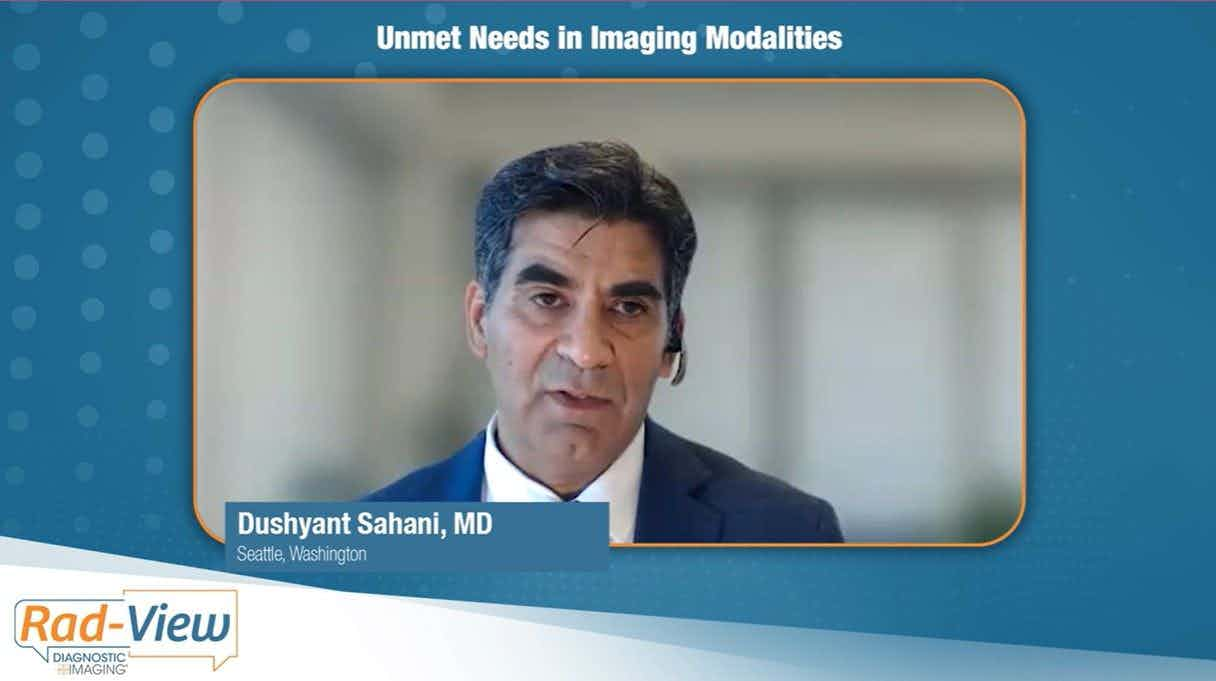Emerging research suggests that pediatric patients who have head computed tomography (CT) for minor head trauma have a significantly higher incidence rate for hematologic malignant neoplasms than patients with no head CT.
For the study, recently reported in European Radiology, researchers compared data drawn from 216,826 pediatric and adolescent patients who received a head CT exam for minor head trauma and 2,194,889 patients with no head CT. The mean follow-up duration was 6.5 years, according to the study.
The researchers found that head CT was associated with a 29 percent higher incidence rate of hematologic malignant neoplasms in comparison to patients with no head CT. During the follow-up period, the study authors noted yearly hematologic malignant neoplasm incidence rate ratios (IRRs) of 1.28, 1.29, 1.34, 1.30 and 1.24.
“The carcinogenic effect of CT radiation appeared early on with the proportion of hematologic malignant neoplasms attributable to CT radiation increasing rapidly until approximately 6 years after the exposure,” wrote lead study author Seungjae Lee, M.D., who is affiliated with the Department of Radiology at Seoul National University Bundang Hospital in Seongnam-si, South Korea, and colleagues.
The researchers noted that the majority of excess hematologic malignant neoplasms were leukemia, which accounted for approximately 66 percent in both groups. There were no significant differences between CT-exposed patients and non-CT patients for solid neoplasms, according to the study authors.
Three Key Takeaways
- Increased incidence of hematologic malignant neoplasms. Pediatric patients who undergo head computed tomography (CT) for minor head trauma show a significantly higher incidence rate of hematologic malignant neoplasms compared to patients without head CT. The study revealed a 29 percent higher incidence rate in CT-exposed patients during a mean follow-up duration of 6.5 years.
- Carcinogenic effect of CT radiation. The study authors said the carcinogenic effect of CT radiation was evident early after initial exposure with the "proportion of hematologic malignant neoplasms attributable to CT radiation increasing rapidly" until approximately six years after exposure. The majority of excess hematologic malignant neoplasms observed were leukemia, accounting for about 66 percent in both CT-exposed and non-CT groups.
- Quantitative assessment of hematologic malignant neoplasm risk with CT in pediatric patients. Noting low compliance with guidelines on CT use in cases of pediatric head trauma and emphasizing perspective with respect to incidence rates, the authors suggested the findings in this study may enable clinicians to better weigh the risks against the benefits with CT use in this context.
Noting 100 cases of hematologic malignant neoplasms in 216,826 CT-exposed patients during 1,303,680 person-years, the researchers did emphasize having perspective about the increased incidence. However, pointing out reportedly low compliance with guidelines on CT use in cases involving pediatric head trauma, the study authors said the current findings provide some clarity on potential risk.
“Such low compliance (with guidelines) may be attributable to the fact that clinicians do not have any concrete grasp of what the risk of CT actually amounts to,” suggested Lee and colleagues. “Our results provide a quantitative estimate of the potential risk conferred by a CT examination, allowing clinicians to weigh the risks against benefits.”
(Editor’s note: For related content, see “Large Multinational Study Shows Link Between CT Radiation Exposure and Brain Cancer in Children and Young Adults,” “New Study Assesses Cancer Risks with CT in Pediatric Patients” and “CT Update: FDA Changes Course on Post-ICM Thyroid Monitoring in Young Children.”)
In regard to study limitations, the authors acknowledged possible bias with their red bone marrow dose estimates given the variability of CT radiation dosing and use of different scanners across multiple facilities. The researchers also conceded that no adjustments were made to address possible confounding factors such as non-CT radiation exposure, food carcinogens or environmental carcinogens.










